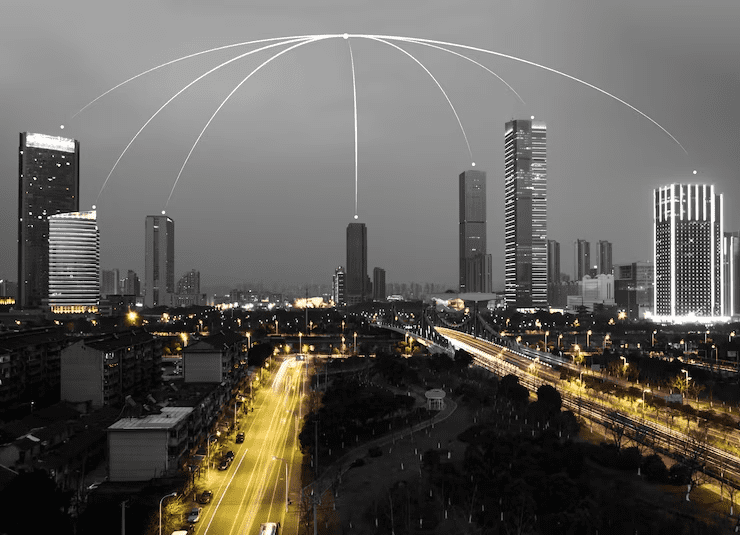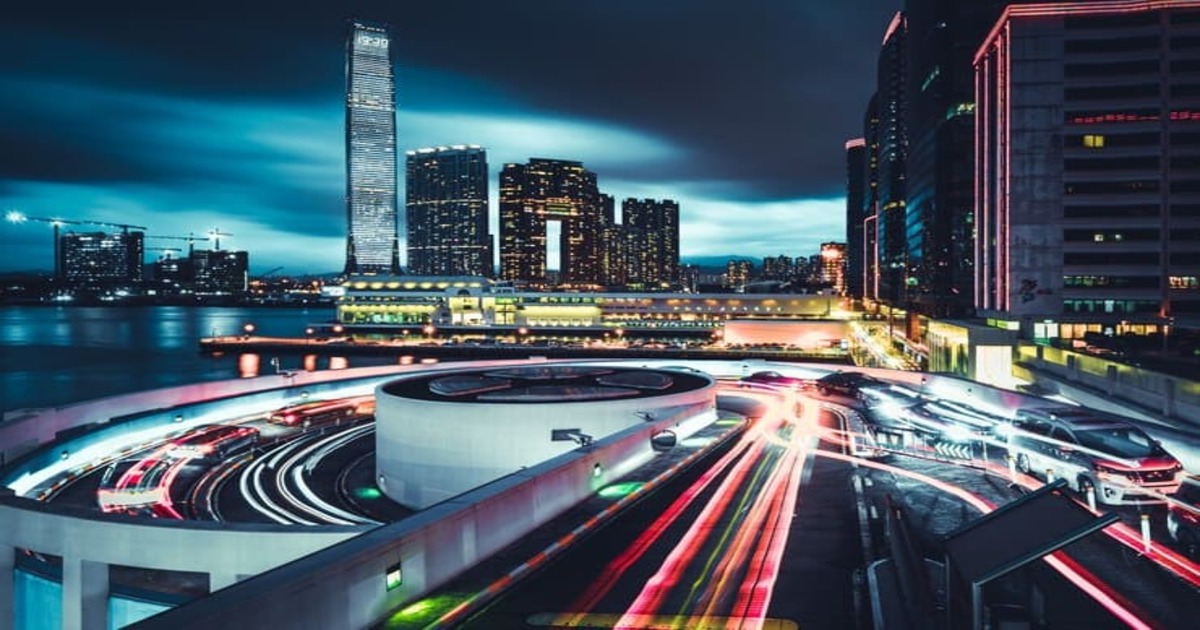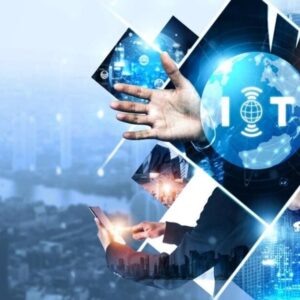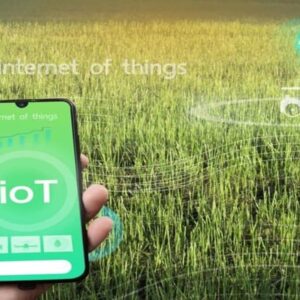Smart Cities
Have you ever imagined what life will be like in the cities of the future? How technology can improve the quality of life for residents, the efficiency of public services, and the sustainability of the environment? These are some of the questions surrounding the concept of smart cities, which are being created worldwide through the use of the Internet of Things (IoT).
IoT is the technology that enables devices and sensors to connect to the internet and exchange data, creating a smart and integrated network. With IoT, it is possible to monitor and control various aspects of urban life, such as traffic, lighting, security, energy, water, waste, health, education, and leisure.
In this article, we will explore how IoT is transforming urbanization, what the benefits and challenges of smart cities are, and what the most innovative examples are in Brazil and around the world. Stay tuned!
How IoT is Transforming Urbanization

Urbanization is a global phenomenon that has been occurring for decades, with the increasing population living in cities. According to the UN, in 2018, 55% of the world’s population lived in urban areas, and this proportion is expected to reach 68% by 2050¹. This poses a major challenge for city management, which needs to deal with issues such as congestion, pollution, violence, inequality, lack of infrastructure, and resources.
In this context, IoT emerges as a solution to make cities smarter, i.e., more efficient, sustainable, and human-centric. IoT allows cities to collect and analyze real-time data on various aspects of urban life, using this information to improve decision-making and optimize public services. Additionally, IoT enables citizens to actively participate in city management by interacting with devices and providing feedback.
What are the Benefits of Smart Cities
Smart cities bring a range of benefits for residents, managers, and the planet. Here are some of them:
- Improved urban mobility: With IoT, it is possible to monitor the flow of vehicles, pedestrians, bicycles, and public transportation, and adjust traffic lights, routes, and schedules according to demand. This reduces commuting time, fuel consumption, and emissions of polluting gases.
- Energy and water savings: With IoT, it is possible to control the consumption and distribution of energy and water, and identify and correct leaks and waste. Additionally, IoT encourages the use of renewable energy sources, such as solar and wind, and water reuse systems.
- Increased public safety: With IoT, it is possible to monitor and prevent crimes, accidents, and emergencies, and quickly alert relevant authorities. Additionally, IoT allows citizens to communicate with authorities and report risky situations.
- Improvement of health and education: With IoT, it is possible to provide quality and accessible health and education services, using devices such as wearables, telemedicine, e-learning, and gamification. Additionally, IoT enables health and education professionals to monitor the performance and well-being of patients and students, and personalize treatments and content.
- Promotion of leisure and culture: With IoT, it is possible to create more attractive and interactive public spaces that stimulate socialization, fun, and creativity among residents. Additionally, IoT allows citizens to access information and cultural events and express their opinions and preferences.
What are the Challenges of Smart Cities

Despite the benefits, smart cities also face some challenges to become a reality. Here are some of them:
- Investment in infrastructure: To implement IoT in cities, it is necessary to invest in infrastructure, such as communication networks, sensors, devices, platforms, software, and hardware. Additionally, it is necessary to ensure the maintenance, updating, and security of these equipment.
- Integration of data and systems: For IoT to function effectively, it is necessary to integrate data and systems from different sectors, agencies, and stakeholders involved in city management. This requires standardization, interoperability, and sharing of information, respecting the norms and laws of each locality.
- Protection of privacy and ethics: For IoT to respect the rights and interests of citizens, it is necessary to protect the privacy and ethics of the data collected and analyzed. This involves transparency, consent, anonymization, encryption, and access control, as well as avoiding misuse, manipulation, and discrimination of data.
- Participation and empowerment of citizens: For IoT to be effective and democratic, it is necessary for citizens to participate in and benefit from smart cities. This implies informing, educating, and empowering residents about the use and impact of IoT, and creating channels of communication, collaboration, and feedback between citizens and managers.
What are the Examples of Smart Cities Worldwide
There are many examples of smart cities worldwide that use technology to improve the quality of life for their inhabitants and preserve the environment. Some of the cities ranked highest in international rankings are:
- London: The capital of England is considered the smartest city in the world, according to the IESE Cities in Motion Index 2020³. London stands out for its urban mobility, economy, human capital, and international reach. The city has an integrated transportation system, including the subway, buses, taxis, and bicycles, and charges a fee for the circulation of polluting vehicles in the city center. Additionally, London encourages innovation and entrepreneurship and has a diverse and multicultural population.
- Singapore: The city-state in Southeast Asia is considered the smartest city in the world, according to the IMD Smart City Index 2020⁴. Singapore stands out for its technology, environment, governance, and urban planning. The city has a project called Smart Nation, which aims to integrate all aspects of urban life with technology, using sensors, cameras, drones, and digital platforms. Additionally, Singapore invests in renewable energy sources, waste management, and efficient public transportation.
- Barcelona: The second largest city in Spain is considered a global reference in smart cities, according to the IESE Cities in Motion Index 2020³. Barcelona stands out for its social cohesion, environment, mobility, and transportation. The city has a project called Smart Parking, which uses sensors to indicate available parking spaces; a project called Smart Lighting, which uses motion sensors to regulate public lighting; and a project called Smart Citizen, which uses sensors to collect environmental and social data from residents.
Did you like this topic? See more content about: IoT (Internet of Things)
Source: medium





